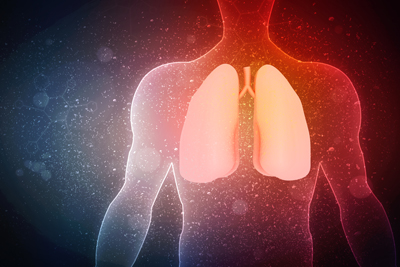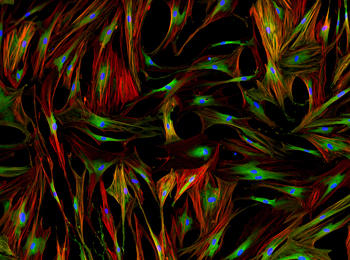Research

Pre-clinical Animal Models
Cigarette-smoke induced acute and chronic lung injury (COPD model), hyperoxic lung injury, asthma, inhaled particle and gas-induced lung damage, infectious organisms including P. carinii, P. aeruginosa and Influenza, and ionizing radiation and chemotherapy induced lung damage. These models can be used to test a variety of compounds and biologics for efficacy. The program has expertise in Inflammation, Immunology, Diabetes, Cardiovascular Disease, Toxicology, Pathology, Physiology and Clinical Translation.
Inhalation Facilities
New state-of-the-art facilities are available for exposing animals to a variety of particles, gases, tobacco smoke, and small molecules. This facility also has the capability of using gene therapeutic approaches for the treatment of lung diseases. The program also has a unique facility for exposing human beings to small molecules, gases, etc. via inhalation in one of the few purpose-built human inhalation chambers in the U.S. Measurement of biomarkers in the blood, saliva and bronchoalveolar lavages (BAL) fluid is also accomplished. We also measure protein and lipid biomarkers in exhaled breath condensate.
Human Tissues and Samples
 The group has ongoing efforts revolving around lung injury due to infection, trauma and toxicant induced-lung injury. These include access to human samples of lung tissue, BAL fluid, induced sputum, exhaled breath condensate etc. from patient populations with COPD, asthma, lung injury, and human lung fibroblasts from normal and diseased lung tissue. Human lung fibroblasts are ideal for evaluating the effects of small molecules on human cells of biologic relevance.
The group has ongoing efforts revolving around lung injury due to infection, trauma and toxicant induced-lung injury. These include access to human samples of lung tissue, BAL fluid, induced sputum, exhaled breath condensate etc. from patient populations with COPD, asthma, lung injury, and human lung fibroblasts from normal and diseased lung tissue. Human lung fibroblasts are ideal for evaluating the effects of small molecules on human cells of biologic relevance.
Anti-inflammatory Mediators
Investigation of certain novel small molecules developed here at Rochester that possesses anti-inflammatory activity. The approaches we have developed interfere with how cigarette smoke evokes an inflammatory response. Data generated from mouse models of smoke-induced lung injury and testing on bona fide human lung structural cells have identified a novel pathway for regulating inflammation in the lung, and possibly other tissues.
Gene Therapy for Lung Scarring
Investigators have developed gene therapeutic strategies to deliver molecules by electroporation or by vectors which inhibit key effectors such as transforming growth factor beta, cytokine crucial to the genesis of scarring in the lung, kidney, liver and skin. Fibrotic diseases are currently untreatable, and are a leading cause of morbidity and mortality.